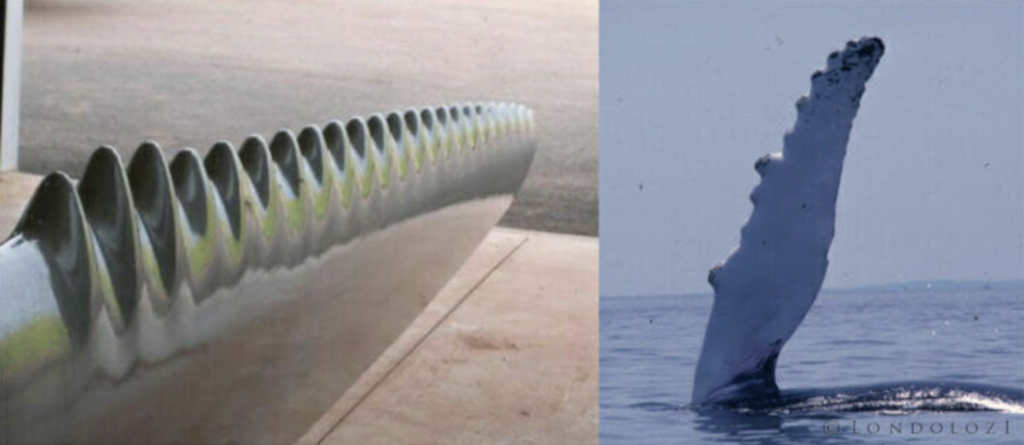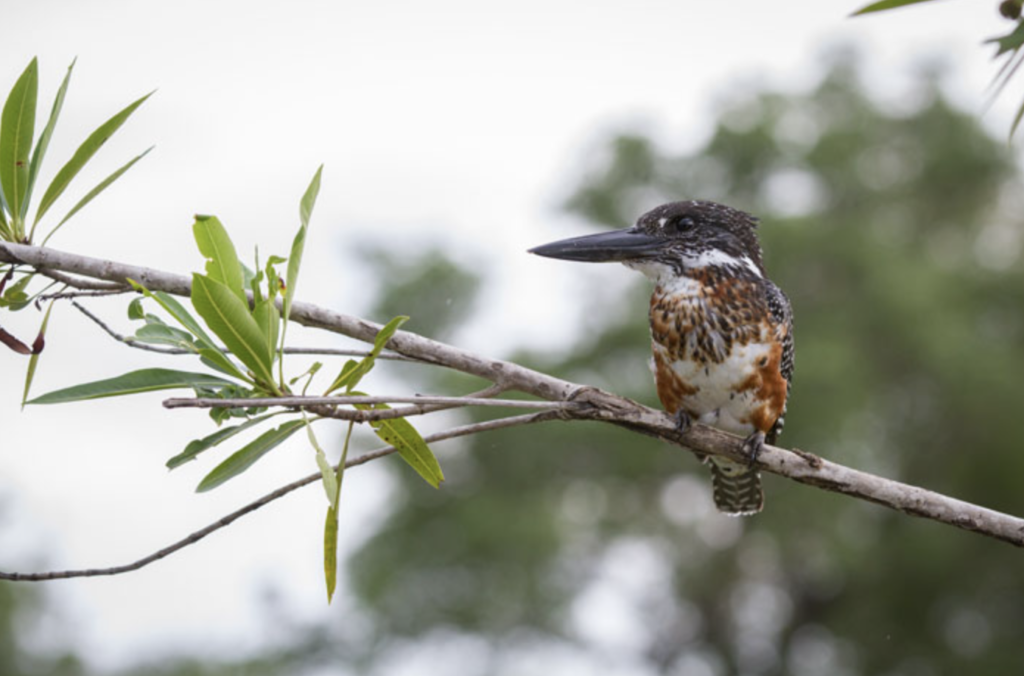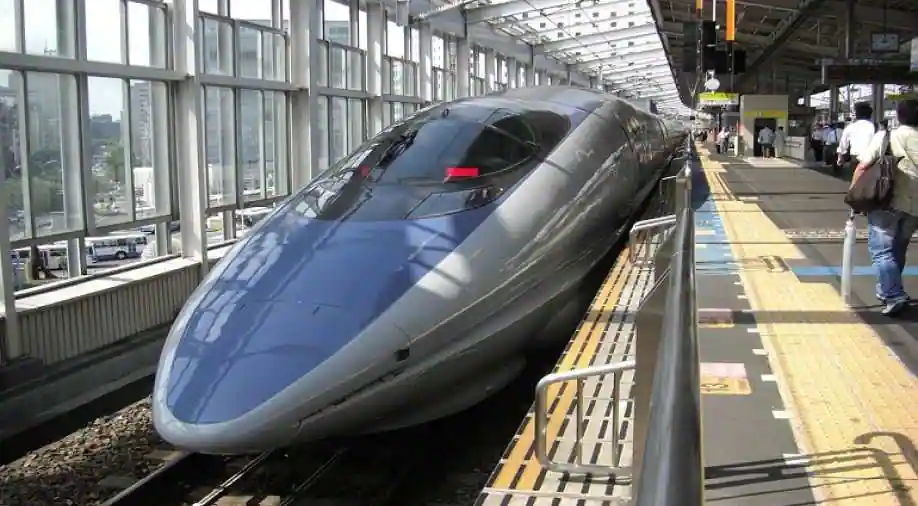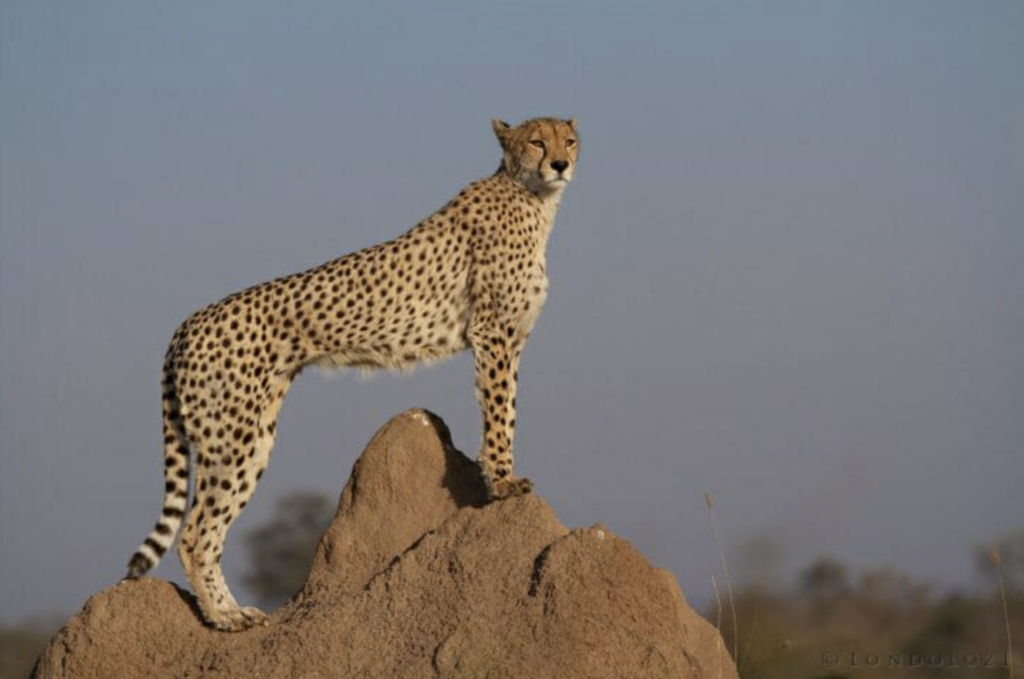According to the Biomimicry Institute, biomimicry can be described as “the scientific, research-based practice of learning from and then replicating nature’s forms, processes, and ecosystems to create more regenerative designs.” It is a field of study that I find fascinating and one which holds much potential; it can change life as we know it and help reduce the impact that we have on the Earth immensely.
A recent example that I came across was the design of wind turbine blades inspired by the fins of humpback whales. In order to propel these 30 ton, 15 metre aquatic mammals forward and sometimes partially out of the water, the use of highly efficient fins is needed. Plenty of research has been conducted on the design of these fins, but specific findings from Harvard university and the US naval academy showed that the whale mimics had significantly reduced drag (by a third) and improved lift by 30%. Using the design could therefore lead to more stable aeroplane wings, greater agility in submarines and turbine blades that can capture more energy from wind or water!

As inspiring as this example was, I was actually more interested in examples from closer to home. I’ll highlight two that I recently learned about, one in which the design of trains was based on birds – more specifically kingfishers – and another in which the energy consumption of buildings was reduced immensely because of its architecture being modelled on the natural air conditioning of termite mounds.
In the late 1990’s the design of a bullet train in Japan was modelled after a kingfisher. We see several different species on Londolozi, each differing in diet, size and colour, but the common thread amongst all of them is their aerodynamic design – these birds all have relatively large heads in comparison to their body and long, narrow beaks.

The problem that needed solving was that these Japanese bullet trains – travelling at more than 300km/h – would cause an incredibly loud “boom” when exiting tunnels because of the shape of the train’s face.
It turns out that the manager of their technical development department was an avid bird enthusiast and was familiar with how kingfishers are able to dive out of the sky and enter the water in order to catch their prey all the while creating very little splash. The team took on his idea of modelling the front of the bullet train similar to that of the kingfishers, and not only was the loud “boom” no longer a problem, it also saved them 10-15% more energy because of the increased aerodynamic design. The team also took inspiration from the design of owls feathers and the ease at which penguins can glide. If you would like to see exactly how, visit:

One can easily draw a comparison between this Japanese bullet train’s face and the elongated beak of the kingfisher displayed above. Credits: Wikimedia Commons.
Another example from the 1990’s is the design the Eastgate Centre in Harare, which drew inspiration from termite mounds. From almost every road on Londolozi one is able to see a termite mound. To us, they just look like excavated soil on which some vegetation grows, and potentially wherein a termite colony inhabits, but there is much more than meets the eye when it comes to these intricate homes. The larger mounds usually belong to the subspecies of termites Macrotermes natalensis (Fungus-growing termites) and these mounds can contain tons of soil and achieve heights of more than two metres. The mounds can contain millions of termites which creates a problem – the excessive release of body heat and carbon dioxide, as well as the heat released by the fungus itself.
In order to ensure that the colonies don’t overheat or suffocate due to excessive CO2 build-up, the worker termites create a unique structure that circulates hot and cool air between the mound and external environment. A constant temperature of roughly 32 degrees Celsius is maintained via the use of a central chimney in which warm air from below rises, cools (hence becoming heavier) and then sinks down to numerous side vents all along the exposed part of the mound. These side vents bring the cooler, oxygenated air back into the mound and so the process repeats itself. It’s basic physics! Reports suggest that the building uses 35% less energy than a similar sized building in the same area! For an in depth explanation on this specific example, watch this video created by National Geographic:

These are just three examples of biomimicry that have resulted in more sustainable ways of living, but there are many more natural phenomena from which we can and must still draw inspiration. For example the light produced by fireflies and glow-worms is similar to cold fusion – no energy is lost during the creation of this light in the form of heat! Humans are yet to harness this efficiency but hopefully with sufficient research, patience and determination, examples like this will lead us to leaving behind a much lighter footprint on the Earth.
Join our global tribe:
As a Londolozi Ripple Fund supporter you join a global tribe of people who hold the belief that the restoration of the planet can only come out of a profound shift in human consciousness.
We have established a Londolozi Ripple Fund Impact site where you can follow regular updates of projects and donations as they unfold.
For more information or if you would like to make a donation and start your own ripple effect, please reach out to us on ripple@londolozi.co.za





